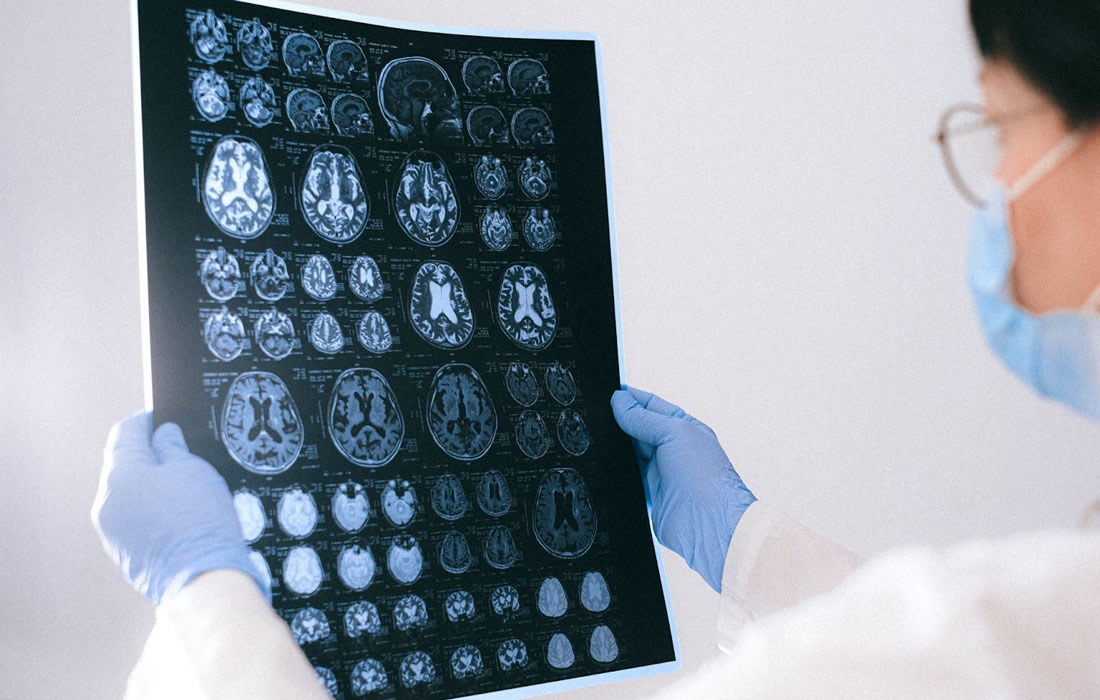Regenerative Medicine News and General Information
High Metabolism Is an Early Sign of Alzheimer’s Disease
Alzheimer’s disease is the most common form of dementia. Researchers now show that a metabolic increase in the mitochondria, the cellular power plants, is an early indicator of the disease.
The teams behind the study used mice that developed Alzheimer’s disease pathology in a similar way to humans. The increase in metabolism in young mice was followed by synaptic changes caused by disruption to the cellular recycling system (a process known as autophagy), a finding that was awarded the Nobel Prize in Physiology or Medicine in 2016.
After a time, metabolism in the Alzheimer brain usually declines, which contributes to the degradation of synapses. This the researchers could also see in the older mice, which had had the disease for a longer time.
“The disease starts to develop 20 years before the onset of symptoms, so it’s important to detect it early — especially given the retardant medicines that are starting to arrive,” says Per Nilsson, associate professor at the Department of Neurobiology. “Metabolic changes can be a diagnostic factor in this.”
Maria Ankarcrona, professor at the same department continues:
“Interestingly, changes in metabolism can be seen before any of the characteristic insoluble plaques have accumulated in the brain. The different energy balance tallies with what we’ve seen in images of the Alzheimer brain, but we’ve now detected these changes at an earlier stage.”
The study was conducted in close partnership between both researchers’ groups, who analyzed the part of the mouse brain called the hippocampus, a structure that plays an important part in short-term memory and that is affected early in the pathological process.
Applying the technique of RNA sequencing to see which genes are active in the cells of the hippocampus during different stages of the disease, the researchers discovered that one of the early stages of the disease is an increase in mitochondrial metabolism.
The researchers studied the changes that then appeared in the synapses between the brain’s neurons using electron microscopy and other techniques, and found that vesicles called autophagosomes, whereby spent proteins are broken down and their components metabolized, had accumulated in the synapses, disrupting access to functioning proteins.
“These findings highlight the importance of retaining functional mitochondria and normal protein metabolism,” says Dr Nilsson. “Going forward, we’ll be able to do tests on mice to see if new molecules that stabilize mitochondrial and autophagic function can retard the disease.”
Sources:
Luana Naia, Makoto Shimozawa, Erika Bereczki, Xidan Li, Jianping Liu, Richeng Jiang, Romain Giraud, Nuno Santos Leal, Catarina Moreira Pinho, Erik Berger, Victoria Lim Falk, Giacomo Dentoni, Maria Ankarcrona, Per Nilsson. Mitochondrial hypermetabolism precedes impaired autophagy and synaptic disorganization in App knock-in Alzheimer mouse models. Molecular Psychiatry, 2023; DOI: 10.1038/s41380-023-02289-4
Karolinska Institutet. “High metabolism is an early sign of Alzheimer’s disease.” ScienceDaily. ScienceDaily, 1 November 2023. <www.sciencedaily.com/releases/2023/11/231101134845.htm>.
Materials provided by Karolinska Institutet. Note: Content may be edited for style and length.
Images from:
Photo by Anna Shvets
https://www.pexels.com/photo/a-doctor-holding-an-mri-result-of-the-brain-4226219/

